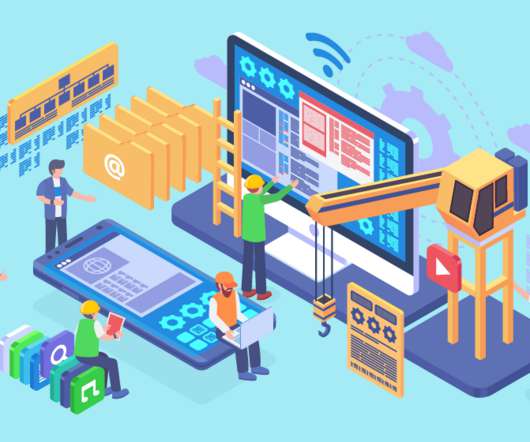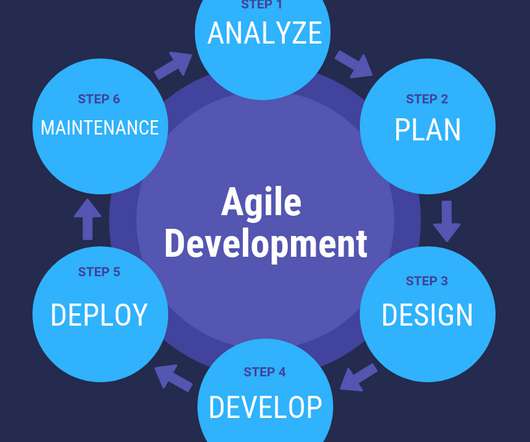What is SDLC (Software Development Life Cycle)?
Openxcell
DECEMBER 9, 2020
Software Development Life Cycle – Overview. SDLC stands for Software Development Life Cycle. System engineers and developers use them to plan for, design, build, test, and deliver information systems. Software Development Life Cycle is slightly complicated but very substantial.















Let's personalize your content